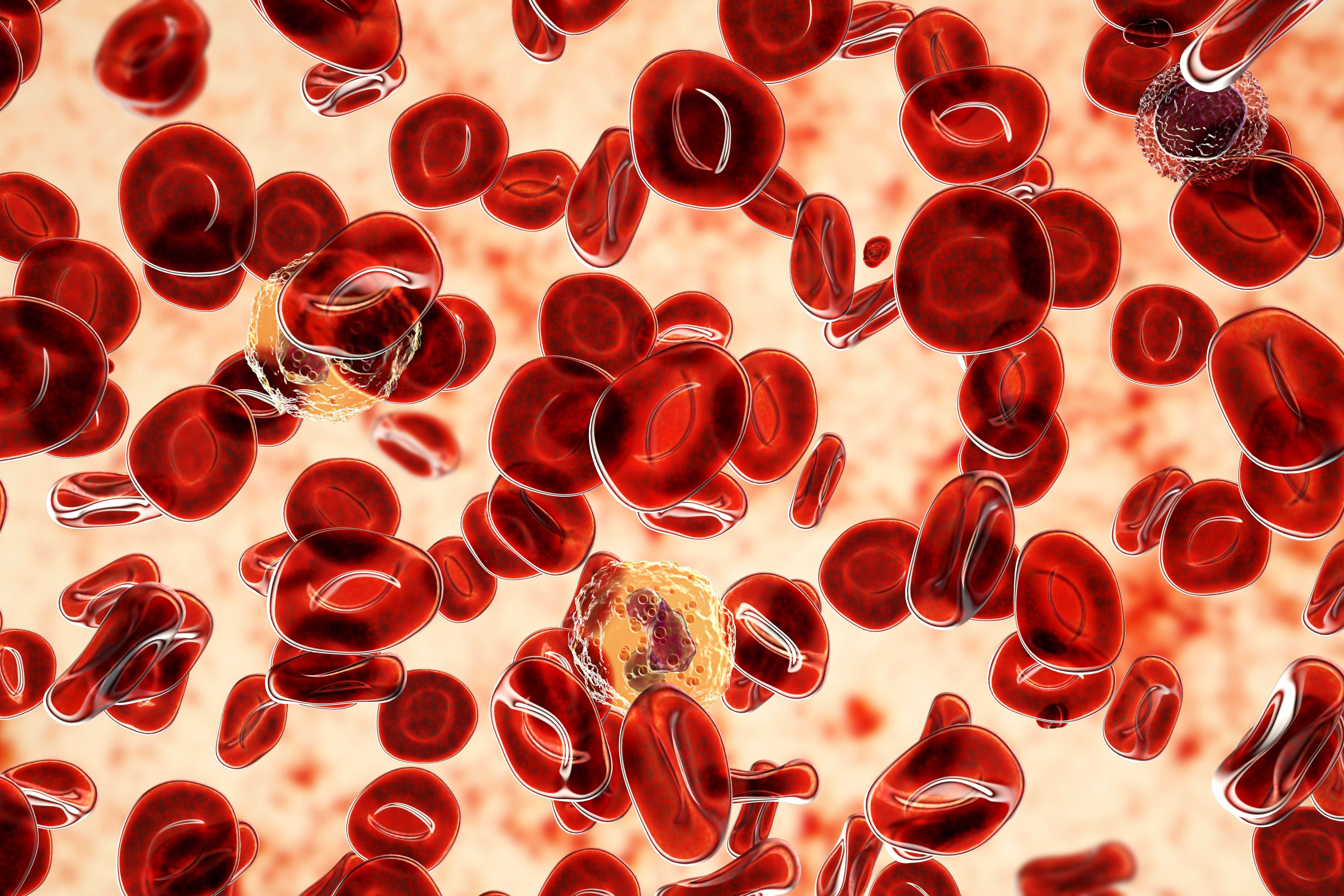Article
Genomic Analysis of High-Risk Leukemia Finds Nearly Half of Cases May Respond to Precision Therapy
Author(s):
A comprehensive genomic analysis of acute erythoid leukemia (AEL) found that 45% of patients had mutations in signaling pathways that drive uncontrolled cell growth, and evidence shows these leukemias may respond to existing precision treatments.
A comprehensive genomic analysis of acute erythoid leukemia (AEL) found that 45% of patients had mutations in signaling pathways that drive uncontrolled cell growth, and evidence shows these leukemias may respond to existing precision treatments.
A study of 159 childhood and adult AEL cases, led by St. Jude Children’s Research Hospital, revealed distinct age-related groups with their own mutations and patterns of gene expression, as well as outcomes. The research appears today in the journal Nature Genetics.
“Genomic alterations and gene expression profiles were the strongest predictors of outcome in patients with AEL, which suggests they should be incorporated in to the diagnostic and prognostic criteria,” author Charles Mullighan, MBBS, MD, of St. Jude’s Pathology Department, said in a statement. “These results mark a new era in understanding and treatment of AEL.”
Adult. TP53 mutated, NPM1 mutated, KMT2A mutated/rearranged, DDX41 mutated
Pediatric. NUP98 rearranged.
In their abstract, the authors noted the controversy of classification that has surrounded AEL, an aggressive leukemia that has been hard to diagnose within the spectrum of myelodysplasia and myeloid leukemia. It is an uncommon type of acute myeloid leukemia, representing less than 5% of all cases. The subtypes were:
By creating subtypes, the authors have denoted genomic features that influenced survival. For example, NPM1 mutations and HOXB9 overexpression were associated with more favorable prognosis, while TP53, FLT3, and RB1 expressions had poorer prognosis.
“Targetable signaling mutations were present in 45% of cases and included recurrent mutations of ALK and NTRK1, the latter of which drives erythroid leukemogenesis sensitive to TRK inhibition,” the authors wrote. “This genomic landscape provides the framework for accurate diagnosis and risk stratification of this disease, and the rationale for testing targeted therapies in this high-risk leukemia.”
Reference
Iabcobucci I, Wen J, Meggendorder M. Genomic subtyping and therapeutic targeting of acute erythroleukemia. Nature Genetics. 2019;51:694-704.





